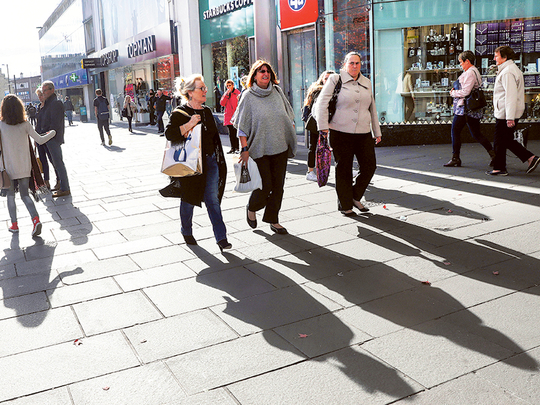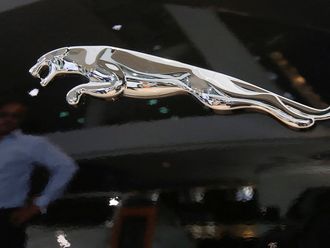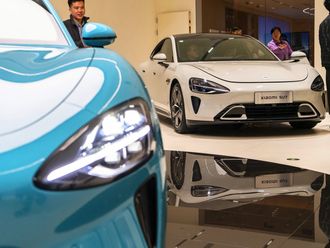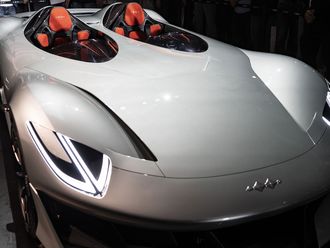
MILAN: The personal luxury goods market won’t grow this year because tourist spending is slowing down and wealthy consumers prefer to spend on design, travel and gourmet food rather than clothes and accessories, Bain & Company said on Thursday.
Shoppers will spend about 250 billion euros (Dh1.01 trillion; $275 billion) on fashion, accessories, jewellery, watches and beauty products, level with last year at constant exchange rates, Bain calculated.
But the wider luxury sector, encompassing top-end cars, yachts and jets as well as treats such as high-end holidays and fine dining, are set to grow 4 per cent to 832 billion euros.
“There is a progressive shift from physical products to experiences, especially in the last year,” Federica Levato, partner at Bain & Company and co-author of the report, told Reuters, predicting that trend would continue.
The study, produced with Italian luxury trade body Altagamma, used brands’ individual retail values, industry-specific data and turnover breakdown.
After growing steadily since 2009, the traditional luxury sector will post slower growth of 1-2 per cent next year, hitting about 280-285 billion euros in value by 2020, says Levato.
Many high end brands have had to make shops more attractive, especially to younger consumers, and adapt to online sales, the fastest growing channel with 26 per cent growth since 2013.
“Attention will now be on organic growth, improving productivity of shops and concentrating on profitability,” said Levato.
After five years when sales to Chinese consumers fuelled growth, Asian tourism and consumption — mainly Chinese — slowed down in Europe in 2016 because of security threats. The United States and Japan lost out because their strong local currencies reduced the scope for bargains.
Uncertainty about presidential elections in the United States in November and Britain’s vote to leave the European Union has made luxury shoppers worldwide more cautious.
But sales in mainland China rose 4 per cent after three years of stagnation, as brands brought down prices there.
Overall Chinese consumption is expected to grow in the next five years, pushed by a growing population, rising middle-class and continued GDP growth.
—Reuters












